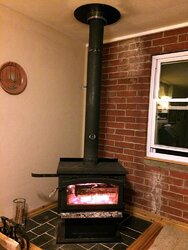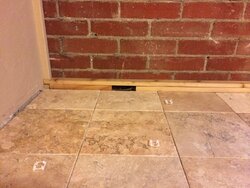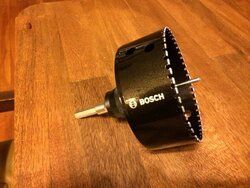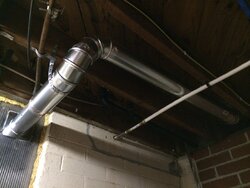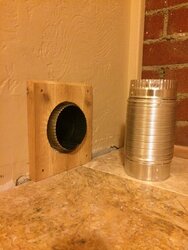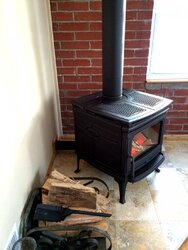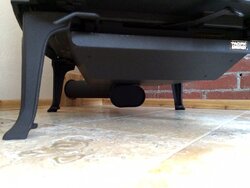I have been enjoying all the great info on your forum, but I'm hoping someone can help me out with some info on the outside air connection on the PE Alderlea t5. I have a new unit being delivered in a few days.
My plan is to sand and paint a piece of 4" galvanized ducting to connect to the stove, which will extend down through the hearth (4 1/8" hole) and connect to flex ducting that will be run to an outside vent. One question is how is the ducting secured to the stove? Is there a female or crimped male fitting already attached to the stove under there? A second question is about the max run of this intake. I will have at least 10' of ducting and 2 90 degree turns. If that seems like it might be too restrictive I could increase to 6" once it's under the floor.
Does anyone happen to have a pic of the underside of this stove?
Many thanks!
My plan is to sand and paint a piece of 4" galvanized ducting to connect to the stove, which will extend down through the hearth (4 1/8" hole) and connect to flex ducting that will be run to an outside vent. One question is how is the ducting secured to the stove? Is there a female or crimped male fitting already attached to the stove under there? A second question is about the max run of this intake. I will have at least 10' of ducting and 2 90 degree turns. If that seems like it might be too restrictive I could increase to 6" once it's under the floor.
Does anyone happen to have a pic of the underside of this stove?
Many thanks!


